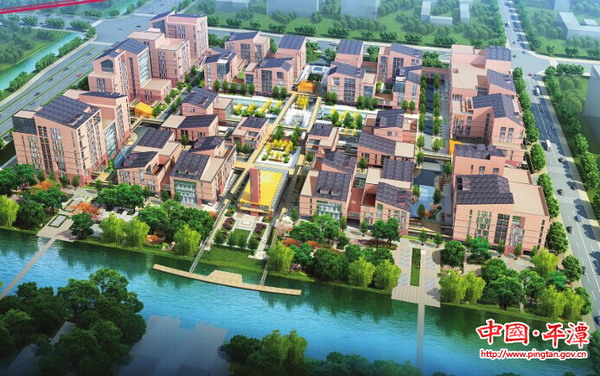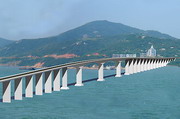Layout of business park in Pingtan inspired by Beijing courtyard
( chinadaily.com.cn )
Updated: 2014-11-05
|
|||||||||
As the construction of the business park for Taiwanese enterprises in Pingtan, Fujian province, proceeds, the layout and designs of the park are being exposed to the public, step by step.
 |
|
A computer rendering of the layout of the first-stage construction of the business park for Taiwanese enterprises in Pingtan, Fujian province. The park is built emulating the iconic Sihe courtyard, with an open space in the central area that is surrounded by buildings on all four sides. [Photo/pingtan.gov.cn] |
Taking up an area of 200 mu (13 hectares) in Jinjing Bay District, the central zone of the business park is a clearing which is surrounded by 18 buildings with pitched roofs, reflecting the characteristics of a Sihe Courtyard construction in Beijing.
A Sihe Courtyard, which refers to a courtyard surrounded by buildings on all four sides, is a historical type of dwelling which rflects traditional Chinese morality and Confucian ethics.
The layout and design of the business park have absorbed the essence of the Sihe Courtyard, according to Song Wenming, a manager of the park.
The buildings are connected with each other by spatial corridors. And the central open space will later be used for greening touches, he added.
The business park will incorporate an innovation and start-up base for Taiwanese college graduates, two working labs for PhD holders and scholars with an overseas educational background.
The first first-phase of the park is situated in Jinjing Bay District, taking up an area of 200 mu (13 hectares) and an investment of 2 billion yuan. It will be used as headquarters and an operations center for Taiwan-funded companies, and focus on businesses of e-commerce, and cultural creation, as well as software development.
Pingtan plans to expand the scale of the park in Zhongyuan District, which is expected to occupy 15,000 mu and a gross investment of 30 billion yuan in the long term. The park will have four function zones including scientific development, high-tech industries, modern services and a living infrastructure.






